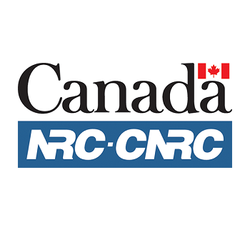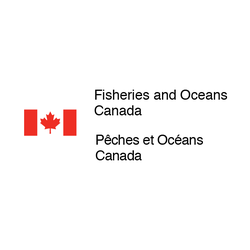
NRC — Zebrafish research facility
At a glance
- No Condition
- Open Date : November 14, 2019
- Professional, scientific and technical services
- Health care and social assistance
- Halifax
- For-profit business
- All revenue ranges
- All organization sizes
- All groups
Overview
Fee-for-service facility offering testing services for the evaluation of toxicological and pharmacological activity in the areas of natural health products and human health therapeutics.
Activities funded
This grant supports research and development initiatives using the zebrafish model to advance in vivo testing methods and disease model validation. The eligible projects focus on toxicity and pharmacological activity evaluation, leveraging genetic conservation with human genomes.
- Development and validation of in vivo assays for industry-specific applications.
- Characterization of bioactivity and toxicity using zebrafish models.
- Evaluation of toxicological and pharmacological activity for natural health products and human therapeutics.
- Creation of customized disease models through transgenesis and genome modification.
Eligibility
Who is eligible?
Companies in the biotechnology, pharmaceutical, natural health product, and human health therapeutics industries can apply for this grant to utilize the zebrafish research facility for developing and validating a range of in vivo assays, methods, and disease models for industry-specific applications.
Eligible expenses
This facility encourages projects that leverage the zebrafish model for innovative and cost-effective research and testing. Eligible projects include developing and validating assays that assist in pharmacological and toxicological research, especially in the field of human health therapeutics.
- Development and validation of in vivo assays using zebrafish for pharmacological and toxicological research.
- Collaborative research projects focusing on natural health products and human health therapeutics using zebrafish models.
- Evaluation of toxicological and pharmacological activity of extracts, complex mixtures, and purified compounds.
Selection criteria
There are evaluation and selection criteria for this grant. The evaluation and selection criteria include:
- Scientific merit and significance of the proposed research
- Alignment with industry-specific applications
- Feasibility and appropriateness of the experimental approach
- Potential impact on toxicological and pharmacological studies
- Potential for collaboration and knowledge exchange
How to apply
Preparing the application
- Review the eligibility criteria for the grant
- Prepare the required documents for the application
Filling out the documents
- Fill out the grant application form
- Attach the necessary supporting documents
Submitting the application
- Submit the complete application within the given deadlines
- Wait for the decision from the grants award committee
Additional information
The grant applicant should be aware of some facility-specific advantages and contact points that may assist in the application process:
- The zebrafish research facility offers significant cost advantages due to its ability to conduct research at just 0.1 to 1.0 percent of the cost of traditional rodent models.
- Testing at the facility requires only small quantities of test compounds, which aids in the early identification of lead drug candidates and potential issues.
- The facility has the expertise to offer customized disease models through techniques like transgenesis and genome modification.
- The facility includes advanced capabilities like omics techniques, preclinical toxicity profiling, and high-throughput behavioural tracking, among others.
- Potential applicants can contact business and technical inquiry points directly for more information: James De Pater for business inquiries and Lee Ellis for technical inquiries.
Frequently Asked Questions about the NRC — Zebrafish research facility Program
What is the NRC — Zebrafish research facility?
How much funding can be received?
What expenses are eligible under NRC — Zebrafish research facility?
What is the deadline to apply?
Is the NRC — Zebrafish research facility a grant, loan, or tax credit?
Who are the financial supporters of the NRC — Zebrafish research facility?
Who is eligible for the NRC — Zebrafish research facility program?
Who can I contact for more information about the NRC — Zebrafish research facility?
Where is the NRC — Zebrafish research facility available?
More programs like this

START Program
Government of Nova Scotia
Youth Climate Action Fund
Halifax Climate Investment, Innovation and Impact Fund (HCi3)
ACOA Jobs and Growth Fund — For Profit
Atlantic Canada Opportunities Agency (ACOA)
Atlantic Fisheries Fund – Atlantic innovation, infrastructure or science partnerships funding
Fisheries and Oceans Canada (DFO)
Launch Export Atlantic Incubator
Government of Nova Scotia
Job Creation Partnerships (JCP)
Government of Nova Scotia
Clean Foundation — Science Horizons Youth Internship
Clean Foundation
Nova Scotia innovation equity tax credit
Government of Nova Scotia
Europe Market Development Program
Government of Nova Scotia